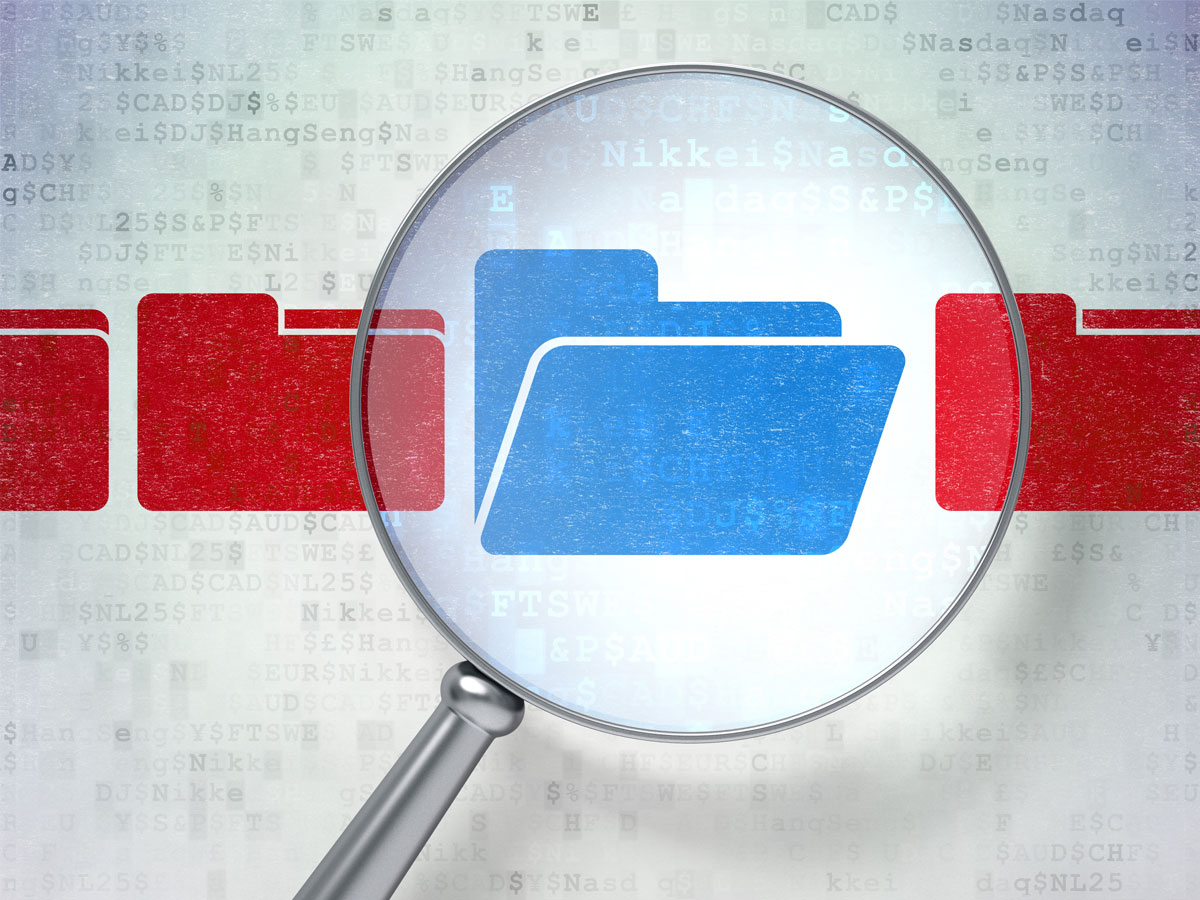With the digital age making content and media more prevalent, the physical world of information and research has evolved in similar ways. While traditional document archiving will always be the established standard, there is no denying that digital document archiving is more necessary than ever. This new process has developed not to replace the traditional process but to supplement it.
Digital document archiving offers numerous benefits, including improved efficiency in finding and retrieving documents as well as ensuring important information is preserved for future use. However, this process presents its own challenges and drawbacks. One major challenge is managing the ever-growing volumes of digital content. Maintaining digital data can become an overwhelming task. This often leads to improper archive management, which results in difficult navigation, loss in productivity, and potential security risks. To address this challenge, organizations use specific strategies to manage their digital content, including backup and recovery systems, along with proper organization and classification.
Digital document archiving is an important aspect of information management and provides numerous benefits when implemented and managed correctly.
Digital Document Archiving: The Basics
Digital document archiving refers to the long-term storage of inactive documents in a digital format. The process often involves cataloging, indexing, and storing digital files in a secure and accessible manner. A digital archive serves the same purpose as a traditional archive, which is storing for long-term preservation.
There are several reasons why maintaining a digital archive is essential for efficient and functional use. For instance, many industries are required by law to preserve certain documents according to specific retention schedules. Failure to comply with these regulations can result in serious consequences, including legal penalties and harm to one’s reputation. A digital archive provides a reliable and efficient way to store and retrieve such documents, ensuring compliance with legal requirements and improving efficiency.
Digital Document Archiving Methods
The method of digital archiving an organization chooses depends on its specific needs. One of the most common methods for digital archiving is digitization, or the process of converting analog or physical information into a digital form. This is done by scanning the physical item and creating a digital image file.
Organizations choose to digitize documents to reduce the amount of physical storage space required, minimize the risk of damage or loss, and improve access to the documents by making them searchable and easily retrievable. Digitization also improves the security of the collection by restricting access and encrypting the files.
Who Needs Digital Document Archiving?
Maintaining and organizing your digital files is especially important for modern information governance, particularly when multiple parties across different locations and time zones must access them. Organizations that possess a large amount of information and data, such as law firms, healthcare providers, financial institutions, and government agencies, benefit most from the convenience that digital document archiving provides.
Organizations legally required to retain documents for a specified number of years find digital archiving to be a reliable and efficient way to ensure compliance with these legal requirements. Retention schedules can be created upon digital document ingest to ensure files are kept or deleted according to regulations.
Digital archiving also provides a means to create role-based access and audit trails, which are essential in demonstrating compliance with internal policies as well as external regulations. As a result, digital archiving is a vital process for a variety of businesses and organizations as it can provide an efficient and secure solution to fulfill many information needs.
Document Archiving vs. File Backups
When diving into document archiving, it is important to understand the difference between document archiving and file backups. While both processes involve the preservation and protection of data, they serve different purposes. Document archiving is the long-term storage of inactive documents or documents that are no longer in use.
This process is usually carried out periodically to preserve documents for a multitude of reasons, including for legal, regulatory, or auditing purposes. File backups are copies that protect against data loss or corruption. This process is typically done at least once a day with automated software… It ensures that the most up-to-date data can be recovered in the event of a system failure, cyberattack, or other disaster.
Document archiving aims to ensure important documents are preserved for future use, while backups ensure that active data is protected and can be quickly recovered in the event of a data loss. Both processes are essential in preserving data. Therefore, organizations should have a comprehensive data management strategy that includes both document archiving and file backups.
How Document Archiving Works
When it comes to the document archiving process, several key steps must be taken to ensure the documents are securely and efficiently stored for future use. The first step is to identify the organization’s needs. This may involve reviewing regulatory requirements as well as identifying documents that are no longer needed for daily operations but must be retained for legal or historical purposes.
The next step is to remove any unnecessary files to ensure only relevant documents are being archived. The organization should develop a retention schedule to manage the archived documents, outlining how long they need to be retained and when they can be disposed of. The appropriate storage solutions for physical and digital archives should be chosen based on the organization’s needs and budget.
Once the storage solutions are in place, documents can be processed for digital archiving. This may involve scanning physical documents or converting digital files to a standard format. The final step is to send the documents to the archive, where they can be securely stored and retrieved as needed. Overall, the document archiving process requires careful planning and execution to ensure documents are properly stored and managed.
Benefits of Digital Document Archiving
Digital document archiving has several advantages, making it a preferred approach for many organizations and businesses. One key benefit is its improved accessibility. Digital archives can be easily searched across different locations and time zones, increasing efficiency and productivity.
Digital archives also allow the organization to secure their documents from unauthorized access. They can be encrypted and password-protected or use role-based permissions, allowing organizations to restrict access to sensitive information and ensure that only authorized personnel can view and manage documents. This can help prevent data breaches and other security risks.
Digital archiving provides a reliable and efficient way to store and manage large volumes of information and electronic documents, ensuring their authenticity, integrity, and accessibility for legal, regulatory, or auditing purposes.
Often, digital archiving is a supplement to the traditional physical archive rather than a replacement. By digitizing physical documents, organizations can reduce the amount of physical storage space required, minimize the risk of physical damage or loss, and improve access to documents by making them searchable and easily retrievable. In addition, digital archiving is more cost-effective and easier to secure against unauthorized access compared to physical archiving.
However, it is important to remember that the method of document archiving, whether physical, digital or a combination of both, depends on the needs and goals of the organization. A digital archive may not be the best option for every organization. Digital archiving is a practical solution for organizations seeking to streamline their document management processes while ensuring the security and accessibility of their important records.
Interested in starting a digital archive or digitizing your documents? Reach out to Anderson Archival and start the process today.


